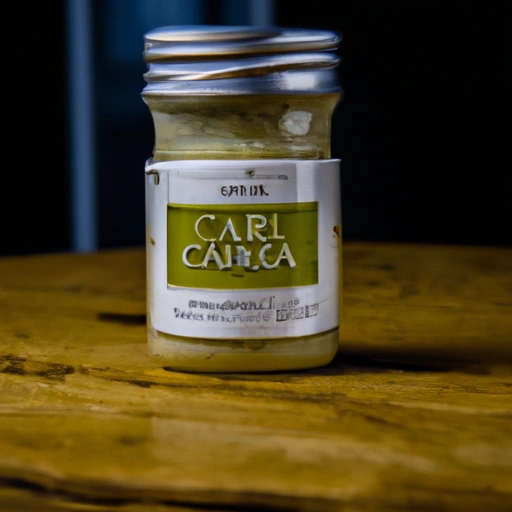Caesar Salad Dressing
Description

Caesar Salad Dressing is a creamy, savory dressing commonly used to dress Caesar salads. It is known for its rich texture and bold flavors, typically including lemon juice, olive oil, egg, Worcestershire sauce, anchovies, garlic, Dijon mustard, Parmesan cheese, and black pepper. The dressing can be made at home or bought pre-made at most grocery stores.
Common uses
While Caesar Salad Dressing is traditionally used on Caesar salads, it has become a versatile condiment enjoyed in various ways. It is often used as a dip for vegetables, a spread for sandwiches, or even as a marinade for chicken.
Nutritional value
Calories
Caesar Salad Dressing typically contains around 80 calories per tablespoon (15 ml).
Protein
The dressing provides a modest amount of protein, usually around 0.5 grams per tablespoon (7 grams).
Fat
With ingredients like olive oil and cheese, Caesar dressing is high in fat, with approximately 8.5 grams per tablespoon (13 grams).
Carbohydrates
Carbohydrates in Caesar Salad Dressing are usually low, at about 0.5 grams per tablespoon (7 grams).
Vitamins
Depending on the brand or recipe, the dressing can be a source of vitamins A and C, largely from lemon juice and garlic.
Minerals
The Parmesan cheese in the dressing can provide calcium, while anchovies can offer trace minerals such as selenium.
Health benefits
When consumed in moderation, Caesar Salad Dressing can contribute to a balanced diet, providing essential fats and some micronutrients. Its olive oil content is a good source of monounsaturated fats, which can support heart health.
Potential risks
Due to its high fat content, overconsumption of Caesar Salad Dressing can lead to an excessive intake of calories and saturated fats, potentially increasing the risk of heart disease. The presence of raw egg in traditional recipes also poses a risk of salmonella infection.
Common recipes
Aside from the classic Caesar salad, the dressing is commonly used as a flavor enhancer in pasta salads and as a base for creamy dips.
Cooking methods
While Caesar Salad Dressing is typically used raw, it can also be used in cooking, for example, as a sauce for grilled or sautéed dishes.
Pairing with other ingredients
The rich flavor of Caesar dressing pairs well with the crisp texture of romaine lettuce, the crunch of croutons, and the salty tang of Parmesan cheese. It also complements the flavors of chicken, shrimp, and fish when used as a marinade or sauce.
Summary
Caesar Salad Dressing is a timeless condiment with a creamy texture and a robust blend of flavors. It elevates a simple salad to a gourmet dish and serves multiple culinary purposes. While offering some nutritional benefits, its high fat content requires mindful consumption. Nevertheless, its global popularity and versatility in various recipes make it a staple in both home and restaurant kitchens.